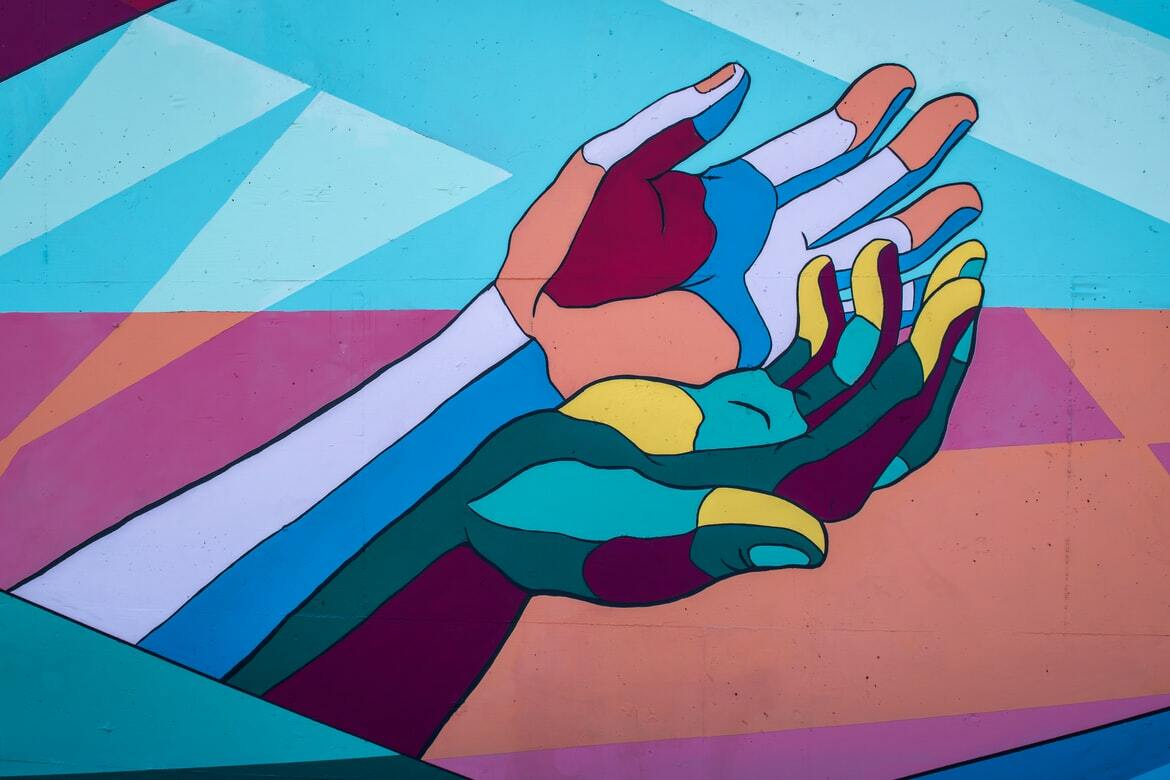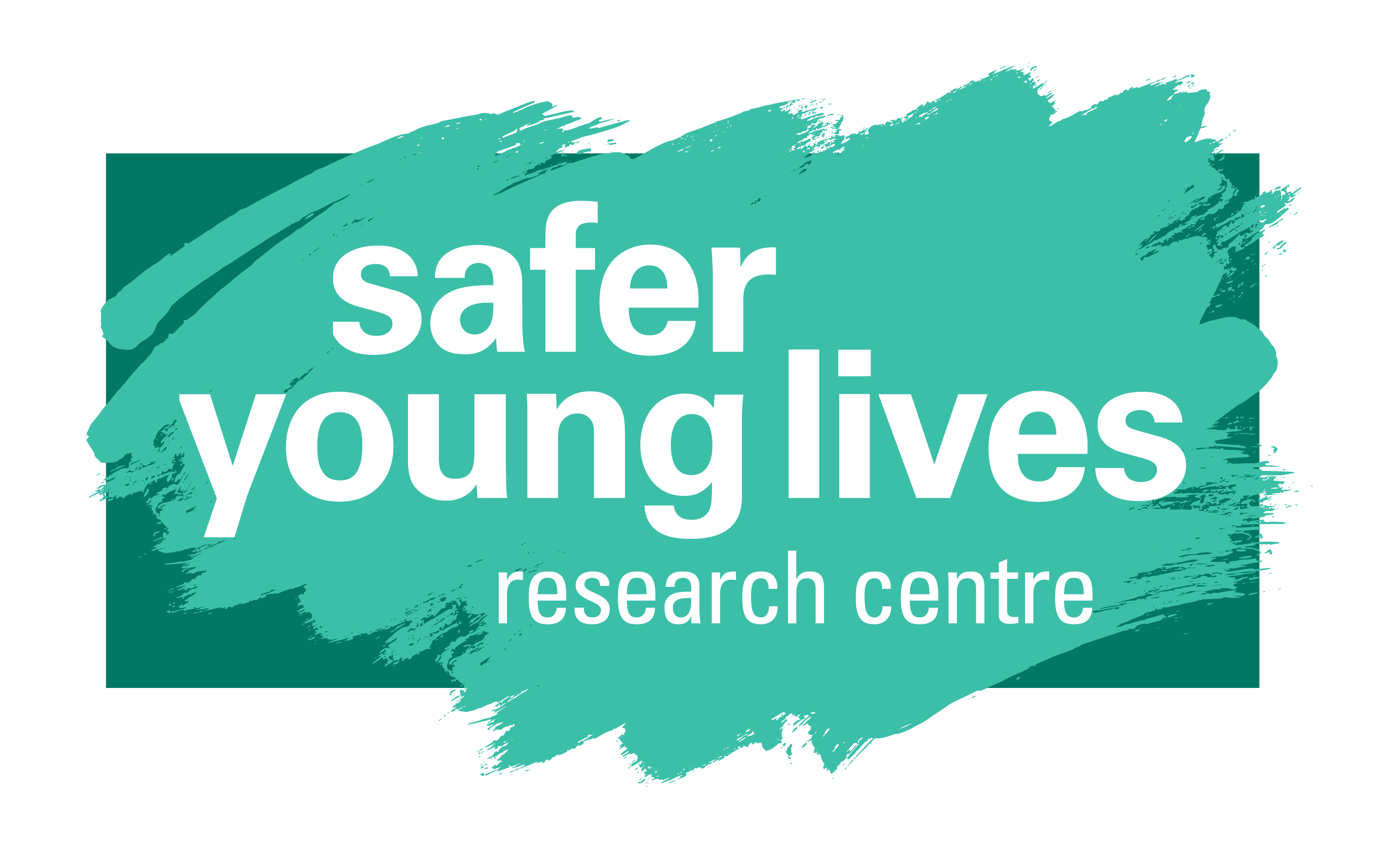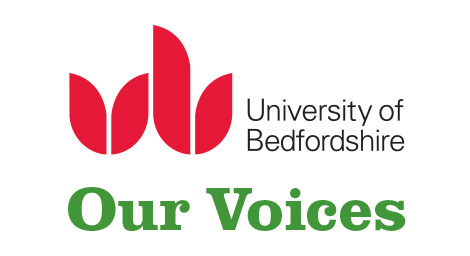Exploring the recovery and reintegration context in Zimbabwe

Trudy Nyakambangwe is the Director of the Charity Child and Youth Care, in Zimbabwe and is a PhD student at Women’s University in Africa: Department of Child Sensitive Social Policy. She is passionate about promoting and championing the interests of neglected, vulnerable, and excluded children and young people and has a particular research interest in improving reintegration practices in Zimbabwe for young people who have experienced sexual exploitation. Trudy is a member of the Our Voices University Network (OVUN)’s leadership team – part of the Our Voices Programme at the University of Bedfordshire’s Safer Young Lives Research Centre.
This blog refers to the rationale for a research study that has commenced into children and young people affected by child sexual exploitation in Zimbabwe, focusing on their recovery and reintegration experiences. It will draw on accounts from children and from practitioners. It will explore lived reintegration practices for children reflecting on the challenges they face and the survival strategies they employ. In this blog, I give a background context of how the impact of the Covid-19 pandemic on children in Zimbabwe has increased the risk of children being sexually exploited. I then explain the differences between formal and informal child care arrangements that can be used to support children in need. Following this, I share a few current childcare support systems for children exposed to sexual violence from my study that involved interviewing child victims of sexual exploitation and their experiences of engaging the system that is supposed to protect them.
Covid-19 as increasing children’s vulnerability to sexual exploitation
The Covid-19 pandemic has created tremendous hardship for millions of people globally. These unprecedented times have upset the balance of life for children who were already exposed to child rights violations that affected their wellbeing. The declining quality of the socio-economic environment is further exacerbating children’s vulnerability, particularly in low and middle-income countries. In Zimbabwe, children are exposed to limited access to quality education and improved health outcomes and are continuously grappling with food insecurity. The incapacitation of many families has stripped away children’s access to protection and safeguarding options. On this account, children are then placed at higher risk of sexual exploitation as they navigate poverty and hunger.
"These conditions of poverty, hunger,
displacement and homelessness can
be exploited by organised criminal networks
and by individual perpetrators who sexually
abuse and exploit children."
UNICEF’s annual report (2020) on responding to Covid-19, estimated that globally, 40% of children were without access to basic water services or adequate nutrition, while closer to two out of every three had little hope of sufficient educational attainment to compete in the 21st century labor market (UNICEF, 2020). This report further notes that four out of five children - or approximately 440 million people - struggled with protection and lived in monetary poor households. In addition, an estimated 280 million children in Sub Saharan Africa - or more than half of the child population - were dealing with some level of food insecurity in the second half of 2020. HIV/AIDS has also disrupted the manner in which children experience childhood, often magnifying their vulnerability (Granich et al., 2015).
While certain improvements have been made in recent decades – such as the halving of child mortality rates since 2000 (UNICEF, 2020), Covid-19 has continued to compromise access to protection, education, health and welfare services particularly in countries where these services are limited, or, indeed, do not exist at all. As a result of the pandemic, children face exceptional risks on a daily basis that affects their physical, cognitive and socio economic development (Guaraldi et al., 2020) and school closures have further heightened food insecurity fears. By April 2020, more than 50 million school students from Africa had lost access to free, daily meals, with more than 40 million of those affected for at least six months (Mekesha, 2020). In this respect, whether recently displaced, living as a refugee or residing in a slum, children are facing exceptional risks. These conditions of poverty, hunger, displacement and homelessness can be exploited by organised criminal networks and by individual perpetrators who sexually abuse and exploit children.
In Africa, the impact of Covid-19 is exacerbated by different conflicts such as wars, natural disasters, HIV/AIDS and mass migrations. This has amplified children’s vulnerability and the number of children in need of care. Current trends show that a large number of children are living in some form of alternative care around the world, with approximately eight million living in institutions (Corcoran and Wakia, 2016). The response to provide care has been somewhat “spontaneous” with communities and members of civil society organisations being the major caregivers rather than government institutions. However, according to Sabry and Clacherty (2021) in their series ‘The Hidden Impact of Covid-19 on Children in Urban Contexts’ as the demand for accommodation and care for children increases, the community is not able to keep up and provide the support required. This has produced a rise in child-headed homes (where children provide income for the family and older siblings care for younger children in the home) in Sub Sahara Africa, now representing 15% of its households. It is in this context that children often see little or no alternative than survival through the exchange of sexual activity for food, shelter or money as the safety nets are often not effective or efficient (Stover et al., 2008; UNAIDS, 2013).
Identifying child-care strategies that adequately support children impacted by child sexual exploitation in Zimbabwe
There are many kinds of care for children who cannot live at home or whose parents are unable to look after them.
Informal care: is where, if their own parents are unable to provide for the children, family members or people close to the children look after them. However, according to the 2016 Interagency Group on Children’s Reintegration Guidelines, governments still have a role to ensure children’s welfare and protection, with due respect for cultural, economic, gender and religious differences and practices that do not conflict with the rights and best interests of the child (Delap, 2016).
Formal care: is where the government or a recognised child-care agency places a child in the care of adults who are not family members. Where this is necessary, it is usually the aim to provide a family setting as close as possible to the child’s normal home environment. Use of residential care (such as a refugee transit camp, emergency shelter, children’s home, place of safety and orphanage) is only to be considered where it is appropriate, necessary and in the best interests of the individual child concerned.
In Zimbabwe, both types of care are being used although formal, Institutional care is often advanced because of the support a child care institution might get from government, well-wishers and the donor community. It is argued that institutional care is well resourced and maintained by motivated and trained staff. It is important to point out that both systems of care, often interface and feed into each other in African countries and elsewhere. It is therefore common to see children living on the street receiving food from feeding programs as well as them receiving support from the community and extended family (Desmond and Gow, 2001). Due to little research in this area it is difficult to determine the effectiveness of the informal care even though it is generally accepted to be the more sustainable form of care.
The developing research into children and young people affected by child sexual exploitation will include a multidisciplinary qualitative study exploring the reintegration practices for children experiencing sexual exploitation in Zimbabwe. It is due to be completed in 2022 and findings will be disseminated widely thereafter. It is my intention as the researcher to engage with victims of commercial sexual exploitation alongside other key stakeholders who have a key role in preventing, identifying and developing interventions for children experiencing child sexual exploitation. This will attempt to inform best practice of reintegration of sexually exploited children.
References
Corcoran, S. L. and Wakia, J. (2016) Using child well-being assessments to track progress in family-based reintegration, Global Social Welfare. Edited by M. Canavera and F. Martin. (Special Issue: Child care), 3(2), pp. 137–145.
Delap, E. (2016) Guidelines on children’s reintegration. Inter-Agency Group on Children's Reintegration. Available [online] at: https://resourcecentre.savethechildren.net/pdf/guidelines_on_childrens_reintegration_digital_1.pdf/
Desmond, C., and Gow, J. (2001) The Cost-effectiveness of six models of care for orphans and vulnerable children in South Africa. United Nations Children's Fund (UNICEF).
Granich, R., Gupta, S., Hersh, B., Williams, B., Montaner, J., Young, B., and Zuniga, J. M. (2015) Trends in AIDS deaths, new infections and ART coverage in the top 30 countries with the highest AIDS mortality burden; 1990–2013. PloS one, 10(7), e0131353.
Guaraldi, G., Meschiari, M., Cozzi-Lepri, A., Milic, J., Tonelli, R., Menozzi, M., and Mussini, C. (2020) Tocilizumab in patients with severe COVID-19: a retrospective cohort study. The Lancet Rheumatology, 2(8), e474-e484.
Mekasha, S. (2020) Effect of Workforce Diversity on Employee Performance: the case of save the children Ethiopia (Doctoral Dissertation, St. Mary’s University)
Sabry, S., and Clacherty, J. (2021) The Hidden Impact of COVID-19 on Children in Urban Contexts. London, Save the Children International. Available [online] at: https://resourcecentre.savethechildren.net/pdf/the_hidden_impact_of_covid-19_on_children_in_urban_context_final.pdf/
Stover, J., Johnson, P., Zaba, B., Zwahlen, M., Dabis, F., and Ekpini, R. E. (2008) The Spectrum projection package: improvements in estimating mortality, ART needs, PMTCT impact and uncertainty bounds. Sexually Transmitted Infections, 84 (Suppl 1), i24-i30.
UNAIDS (2013) Global Report: UNAIDS report on the global AIDS epidemic 2013. Available [online] at: https://www.unaids.org/en/resources/campaigns/globalreport2013
UNICEF (2020) Responding to COVID-19: UNICEF Annual Report 2020. New York: United Nations Children’s Fund. Available [online] at: https://www.unicef.org/media/100946/file/UNICEF%20Annual%20Report%202020.pdf






